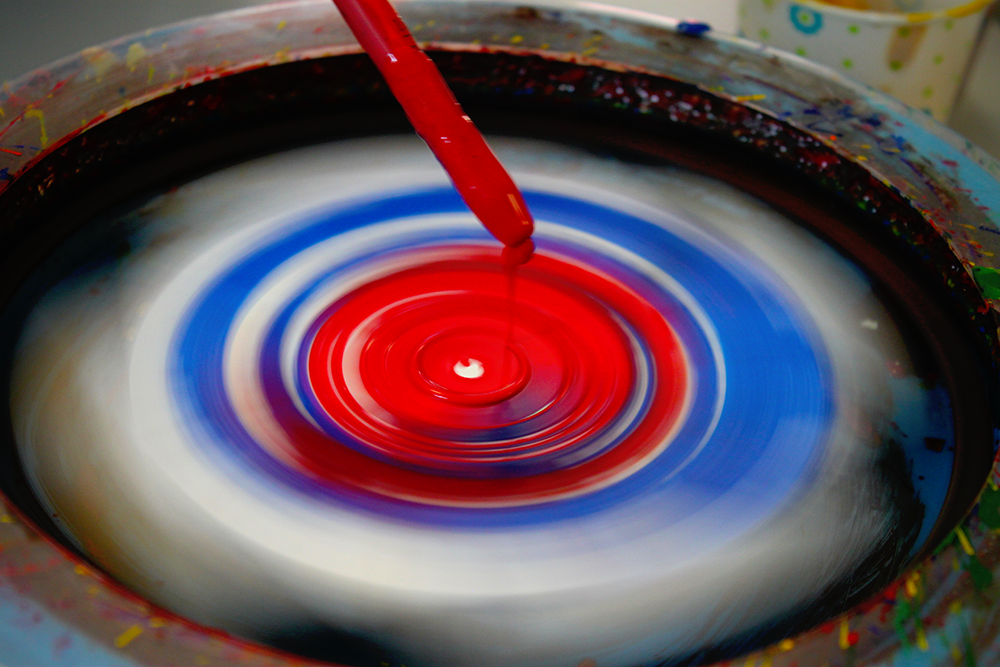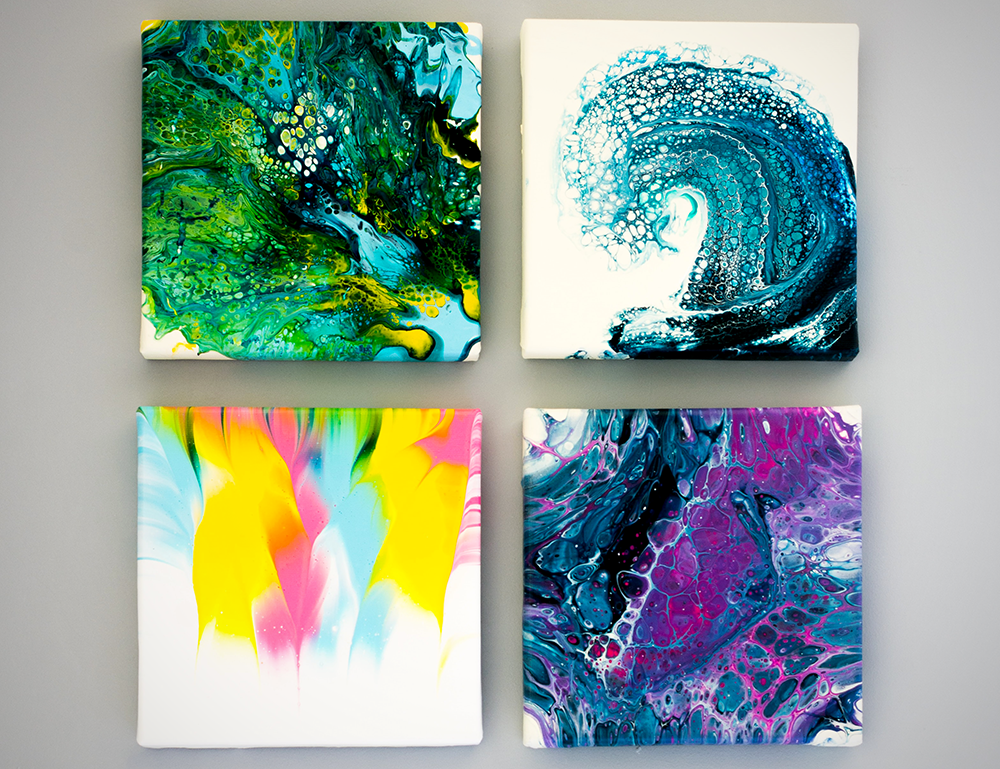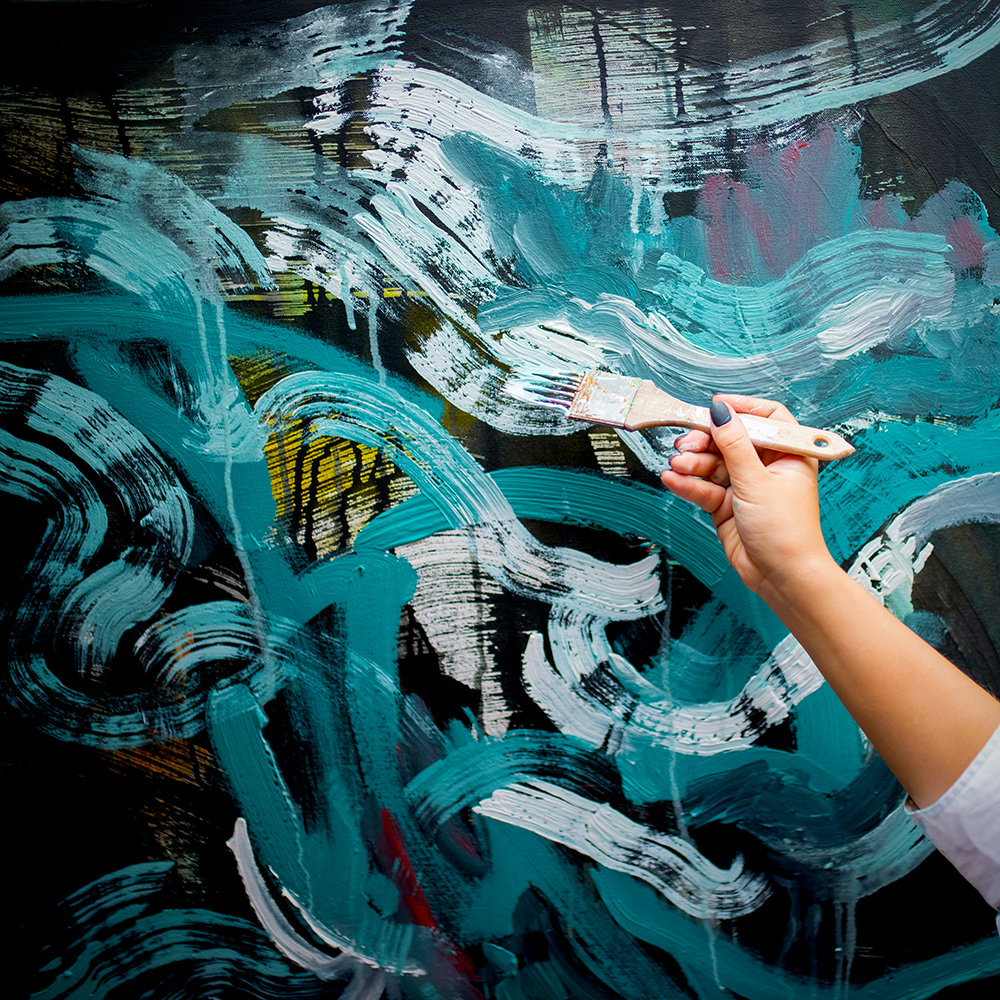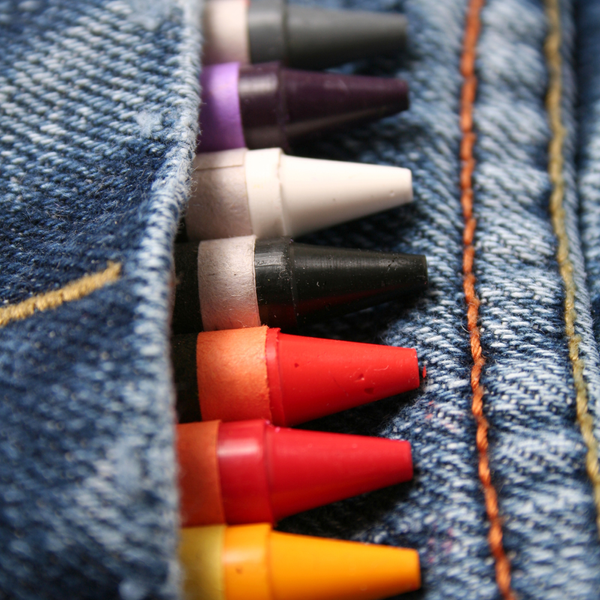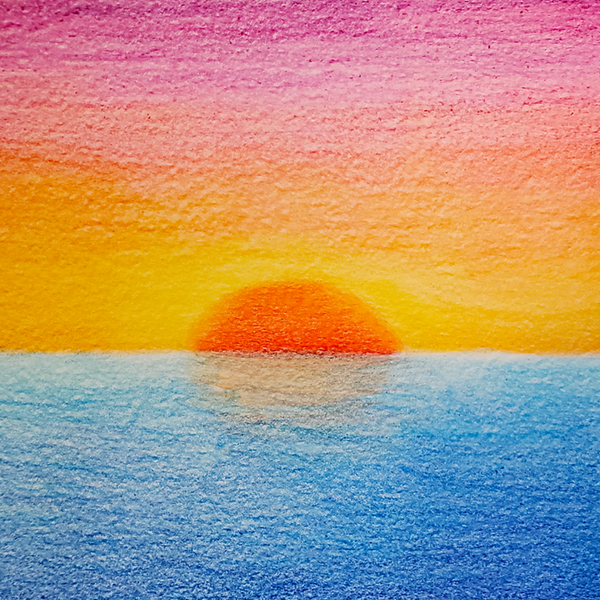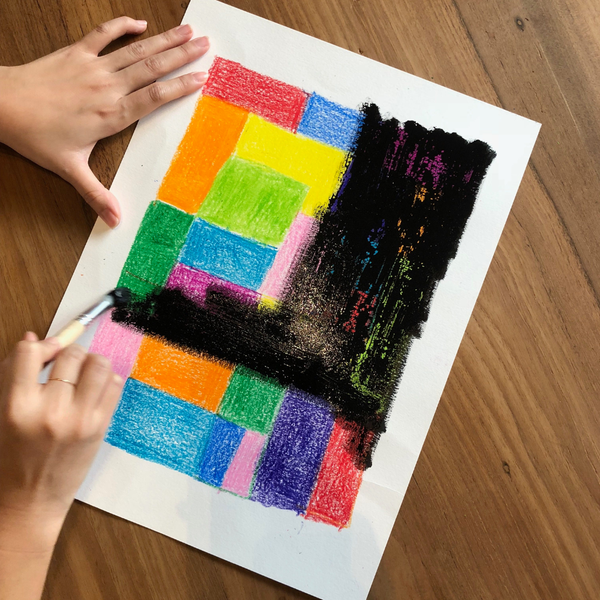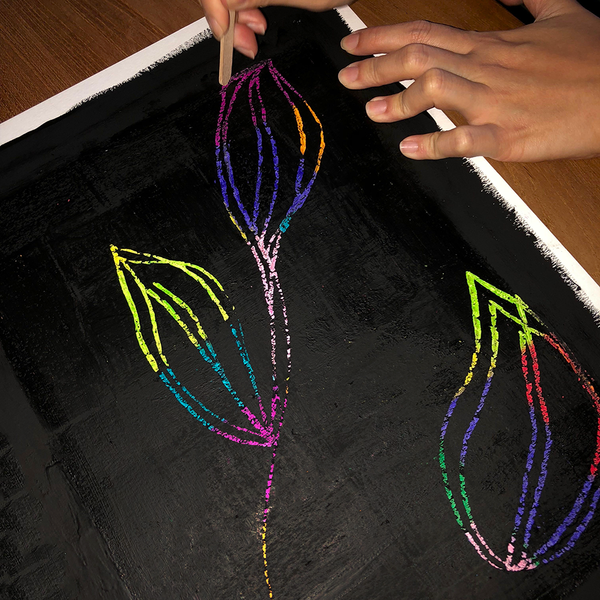Painting is one of the oldest and most popular forms of art, alongside other mediums like drawing and ceramics.
It is enjoyed by many artists and people of all ages and skill levels.
Whether you are a beginner who is just starting out, or a professional artist, painting can be a fun and rewarding experience.
In this blog post, we will cover the basics of painting, including the different types of paint, brushes, and canvas.
We will also provide some tips on how to get started painting, different painting materials you'll need, and make life easier with your painting experience.
By the end of this post, you should have a good understanding of the basics of painting and be ready to start your own masterpiece!

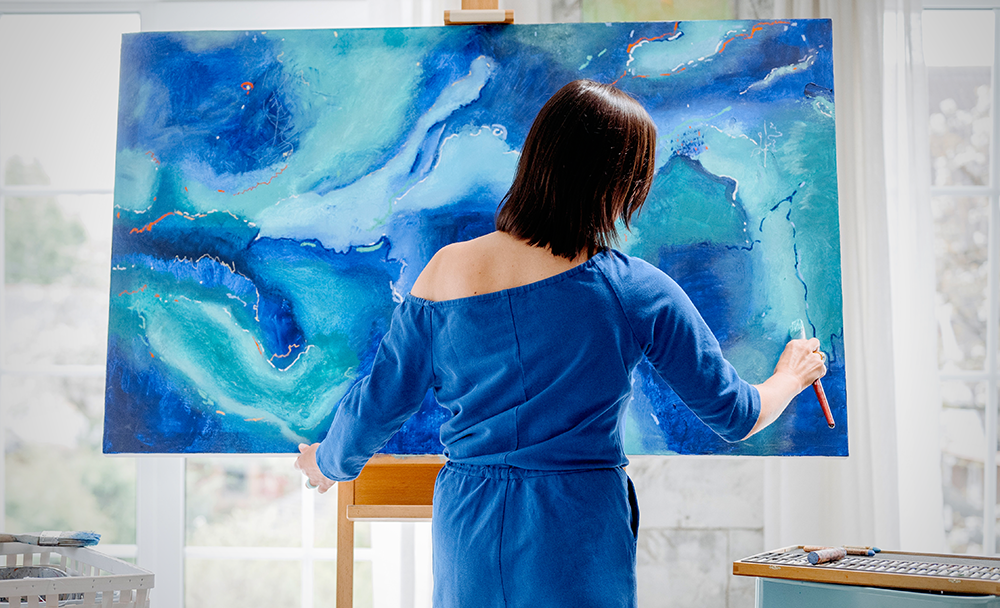

Types of Paint
The first thing you need to know about painting is the different types of paint.
Paints range in opacity, from very transparent to opaque.
They also come in different finishes, such as glossy or matte.
Whether you pick oil-based paint or water-based paint will largely depend on the project you are working on, so feel free to check out a paint store to fin the high quality paint that's right for you.
The type of paint you use will also determine the type of brush you need.
For example, watercolor paint is usually applied with a soft brush, while stiffer paint brushes work better for oil paint.
There are four main types of paint: watercolor, tempera, acrylic, and oil.
Acrylic Paint
The most common type of paint is acrylic paint.
Acrylic paint is made from synthetic pigments suspended in an acrylic polymer emulsion.
It dries quickly, and can be thinned with water.
Oil Paint
Another type of paint is oil paint.
Oil paint is made from pigments that are suspended in a drying oil, such as linseed oil.
Oil paints take longer to dry than acrylic paint, but it can produce a more polished finish.
Tempera Paint
Tempera paint is made from pigments that are mixed with a water-soluble binder, such as eggs.
Tempera paint dries quickly, but is not as durable as acrylic or oil paint.
Watercolor Paint
Watercolor paint is made from pigments suspended in a water-based solution.
It has a translucent quality, and can be layered to create different effects.
Watercolor paint can be difficult to control, so it is often used by experienced painters.
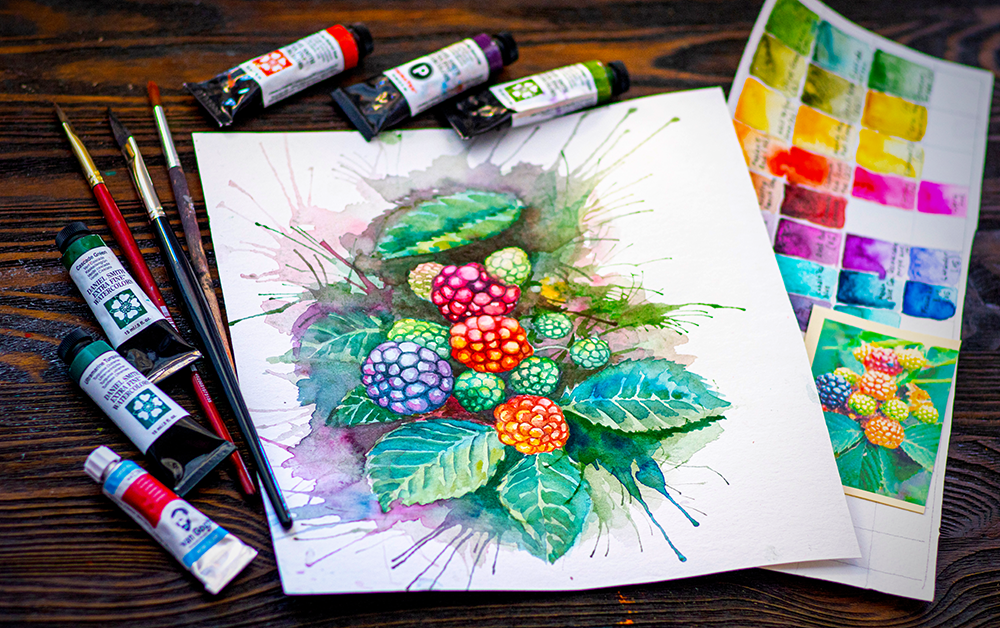
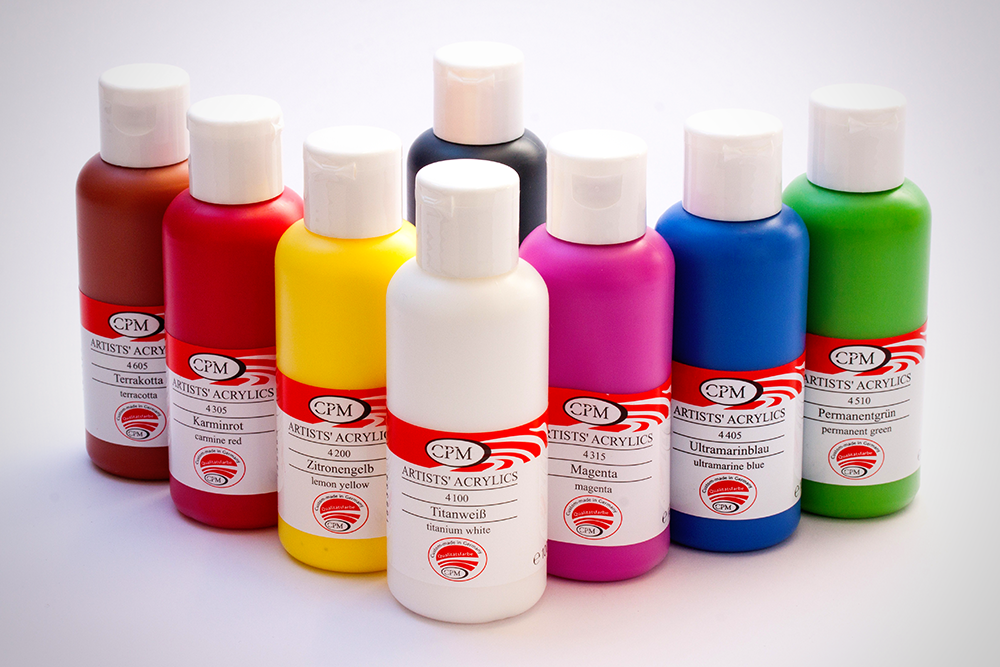
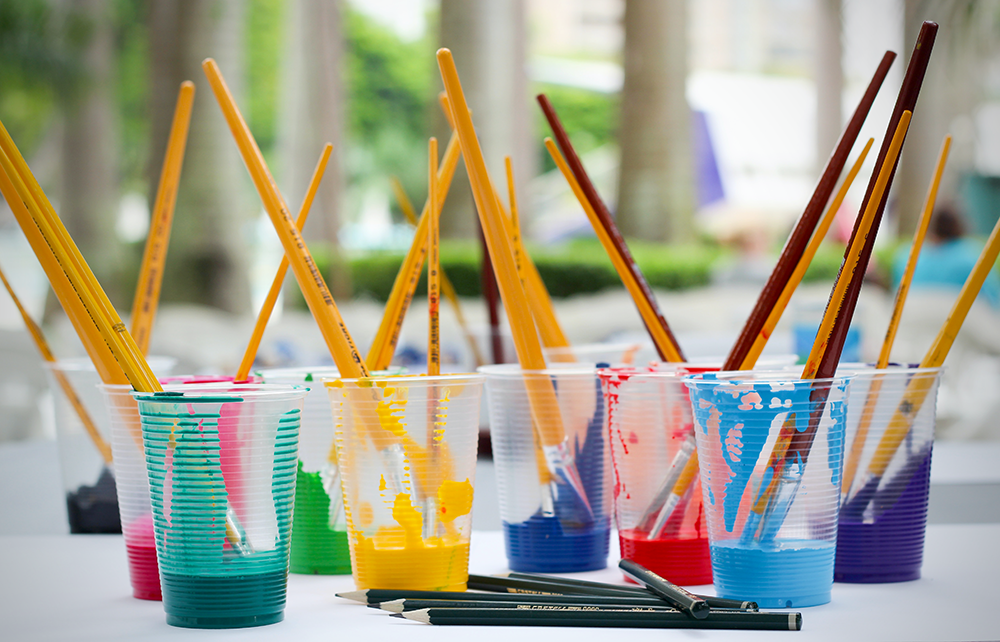
Paint Brushes
Knowing the different types of brushes is also important.
They are made with different types of bristles, such as natural or synthetic fibers.
Natural bristles are made from animal hair, such as horsehair, hog hair, or sable hair, while synthetic bristles are made from nylon or polyester.
The type of brush you use will depend on the type of paint you are using.
The most common type of brush for painting is the round brush.
Round brushes come in various sizes, from small to large.
They are ideal for creating both fine details and broad strokes.
Another type of brush is the flat brush.
Flat brushes are perfect for creating straight lines and edges.
They are also great for blocking in large areas of color.
Other types of brushes include the fan brush, which is perfect for creating soft blending effects; the filbert brush, which is ideal for painting curved lines; and the angular brush, which is perfect for painting sharp angles.
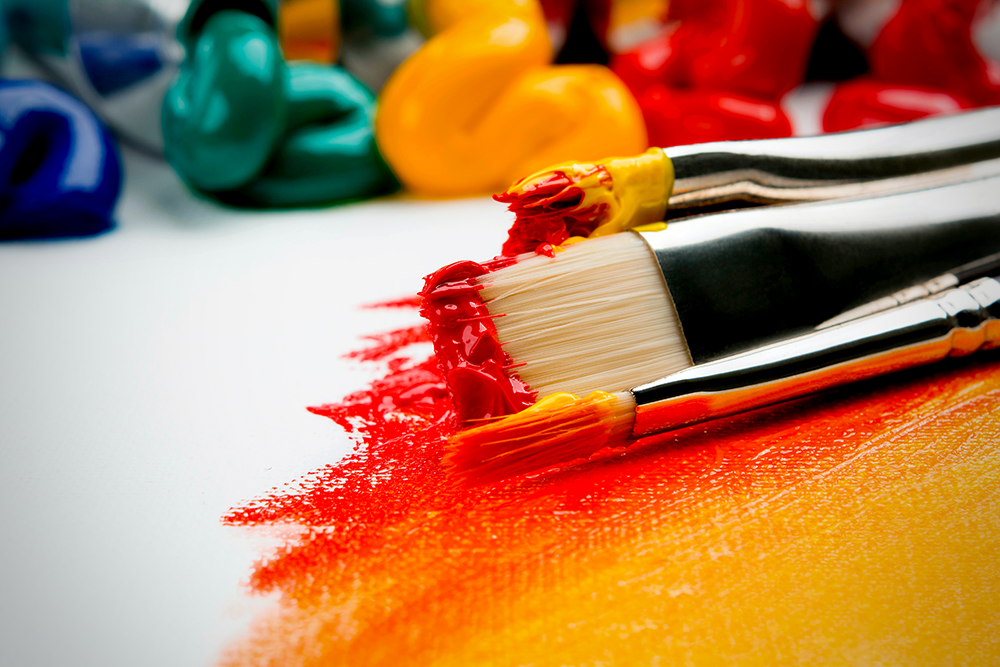

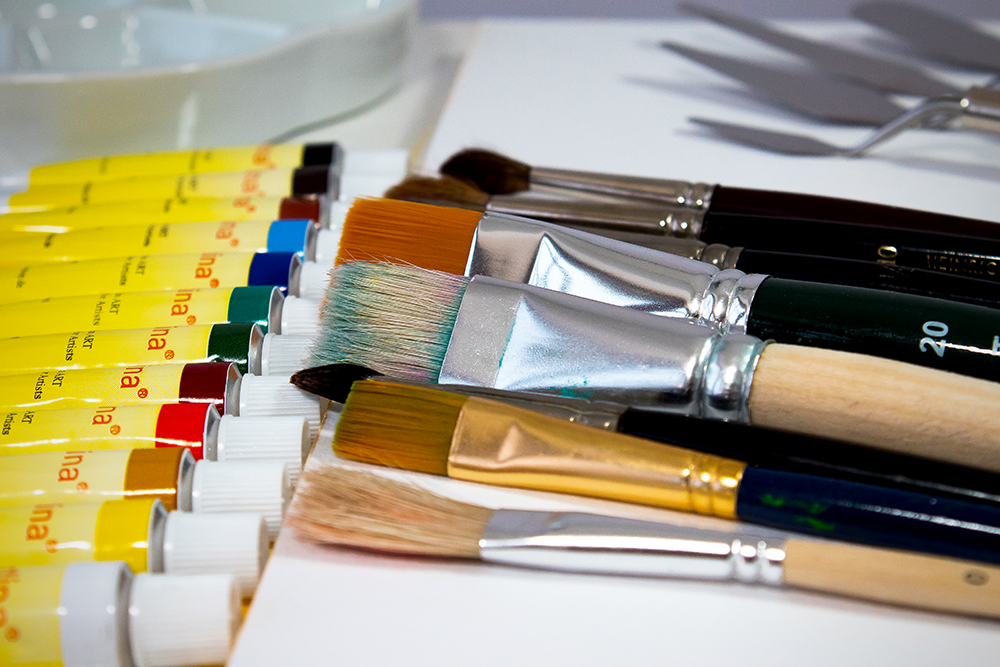
Canvas
The type of canvas you use will also affect your painting.
Canvas is typically made from cotton or linen, and comes in a variety of different textures, such as smooth, textured, or rough.
The type of canvas you use will largely depend on the type of paint you are using.
For example, oil paint is best suited for a smooth canvas, while watercolor paint works well on a textured canvas.
The most common type of canvas for painting is stretched canvas.
Stretched canvas is made from cotton or linen fabric that has been stretched over a wooden frame.
It is available in various sizes, from small to large.
Canvas board is another type of canvas that is commonly used for painting.
Canvas board is a piece of cardboard that has been covered with a layer of canvas.
It is lightweight and easy to transport, making it a great option for traveling artists.
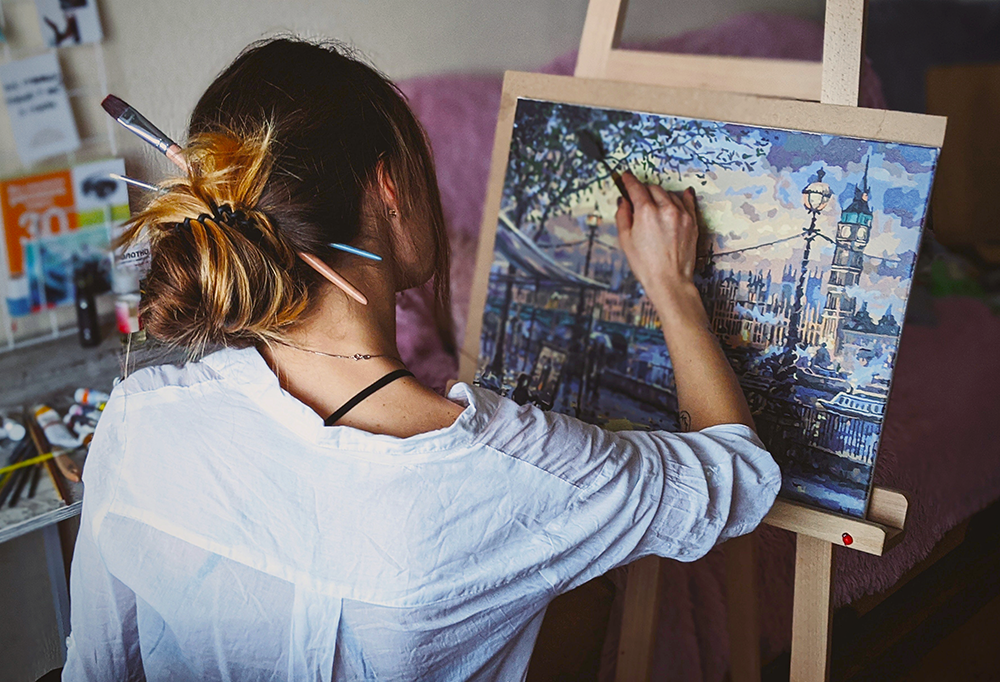
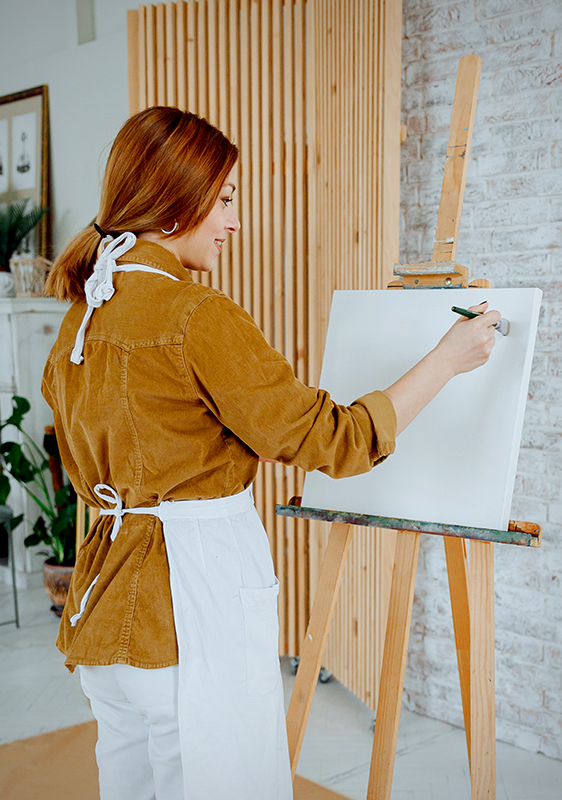
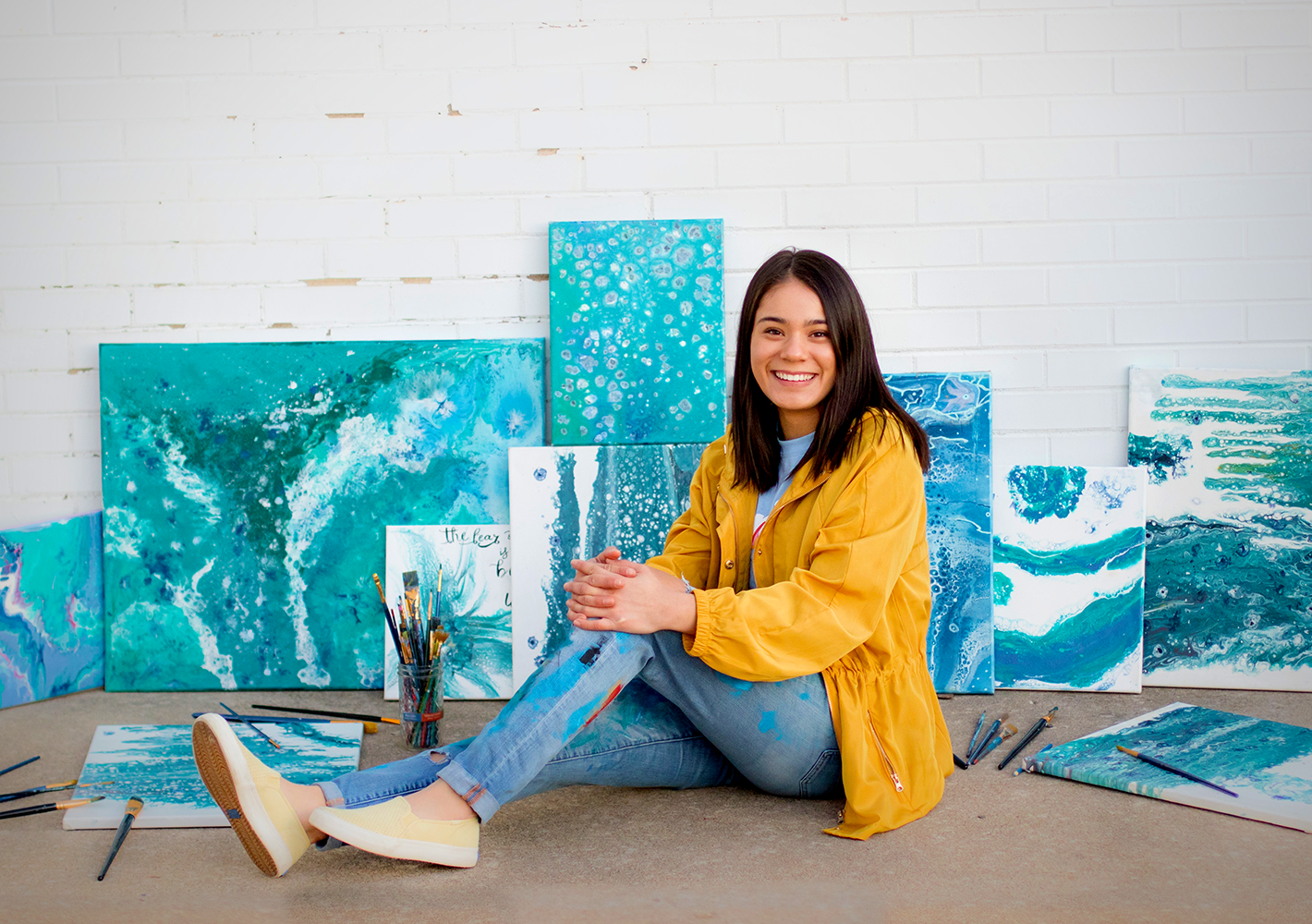
Paper
Another type of surface that can be used for painting is paper.
Paper is a light weight surface that comes in a variety of different textures, such as smooth, textured, or rough.
The type of paper you use will largely depend on the type of paint you are using.
For example, watercolor paint works well on a textured paper, while oil paint is best suited for a smooth paper.
The most common type of paper for painting is watercolor paper.
Watercolor paper is made from cellulose fibers that have been treated with sizing.
It is available in various sizes, from small to large.
Watercolor paper is also available in a variety of different textures, such as smooth, textured, or rough.

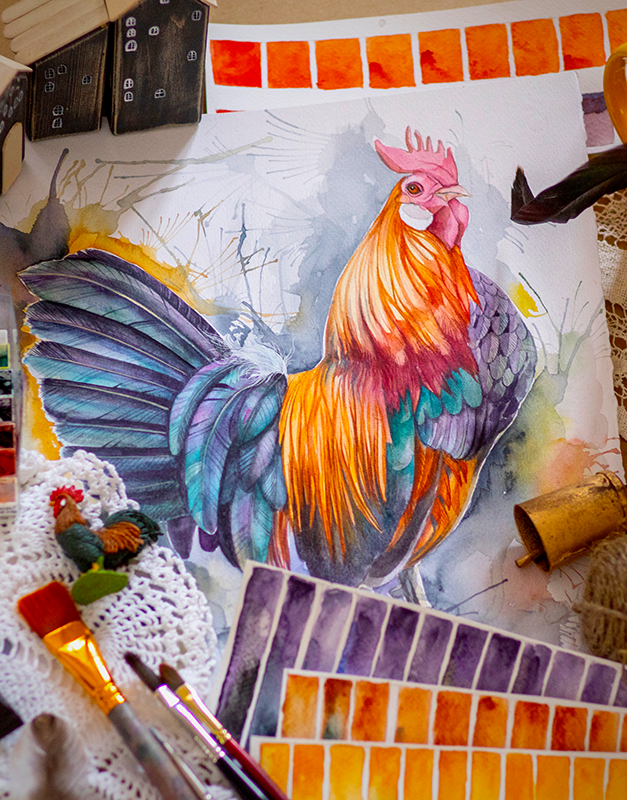

Painting Techniques
Once you have gathered all of the necessary supplies, you are ready to start painting.
But before you begin, it is important to understand the different painting techniques.
The most common painting techniques are wet-on-wet and wet-on-dry.
Wet-on-wet is a technique where you apply wet paint to a wet surface.
This technique is often used for painting large areas, such as skies or landscapes.
Wet-on-dry is a technique where you apply wet paint to a dry surface.
This technique is often used for painting small areas, such as eyes or mouths.
There are also a variety of other painting techniques, such as sgraffito, impasto, and stippling.
Sgraffito is a technique where you scratch through wet paint to reveal the color of the underlying layer.
Impasto is a technique where you apply thick layers of paint to create texture.
And stippling is a technique where you dot wet paint with a brush to create a textured effect.
Make sure to let your paint dry before adding a second coat.
Experiment with different painting techniques to find the ones that work best for you.



Creating Paintings
Now that you understand the basics of painting, you are ready to start creating your own masterpieces!
Experiment with different types of paint, brushes, painting surfaces, and painting techniques to find what works best for you.
And don't forget to have fun!
So, get out there and start painting!
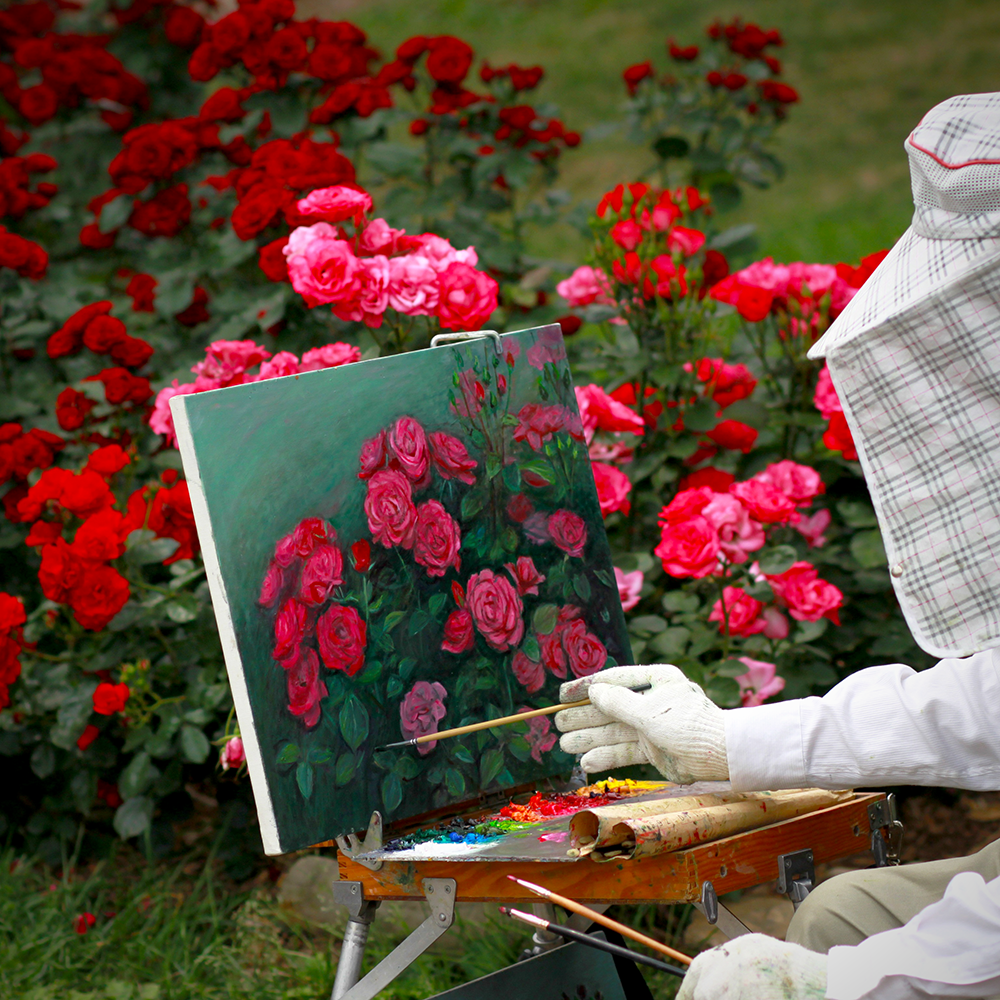
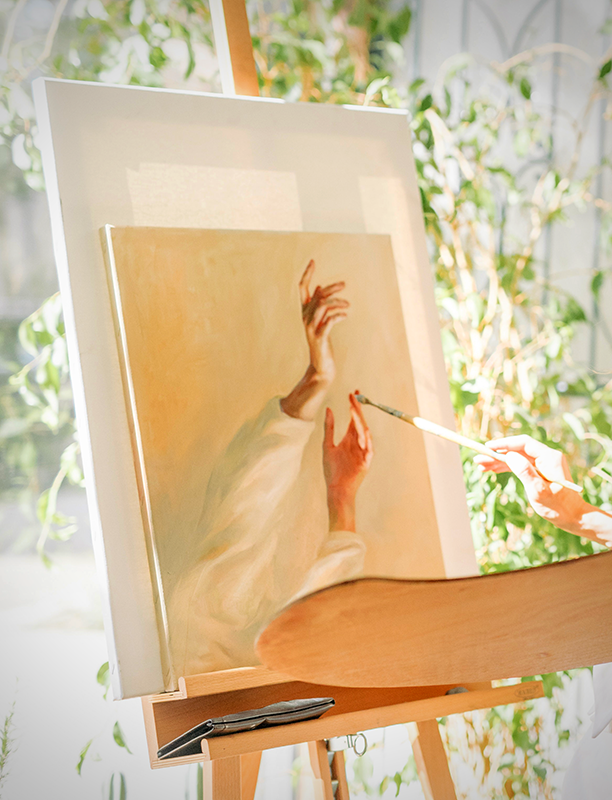
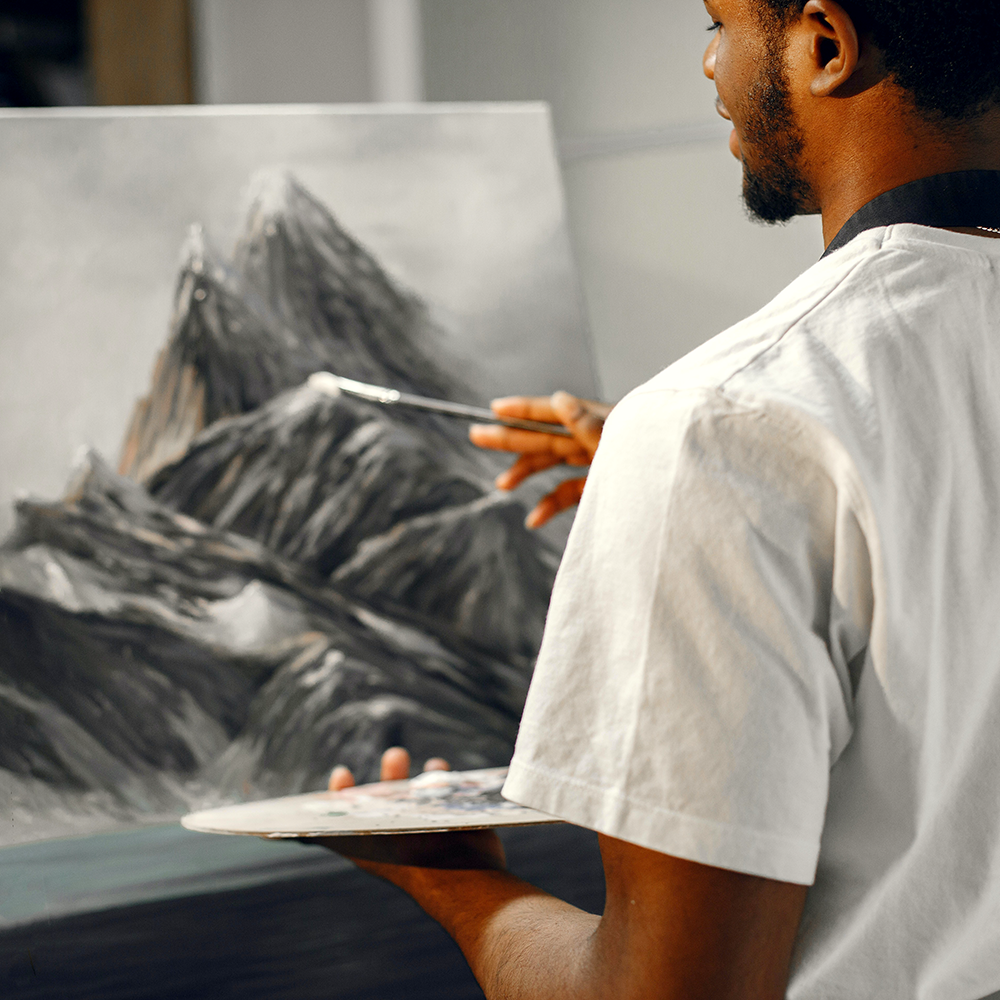
If you want to learn more about painting, feel free to check out Katie Jobling Art's video!
Want some more ideas for your next painting?
Check out some of our other articles:
Need some new paint?
Check out some of our other paint supply articles:
